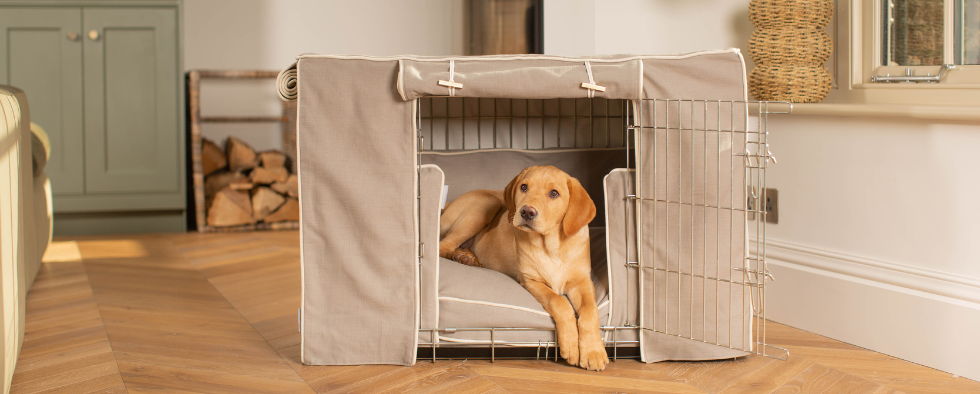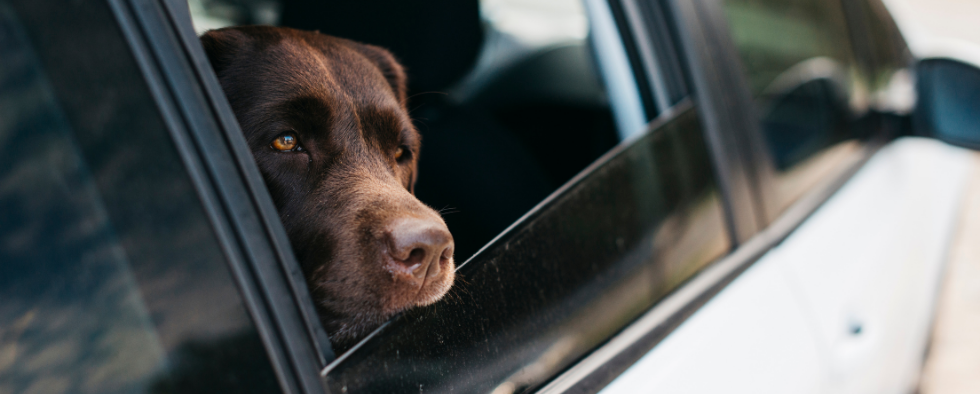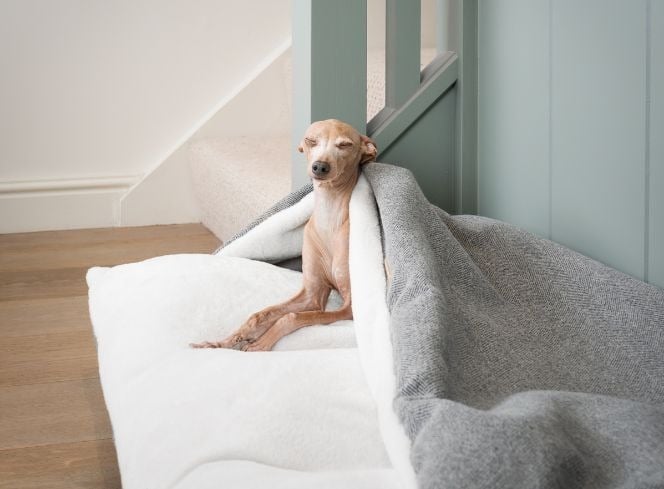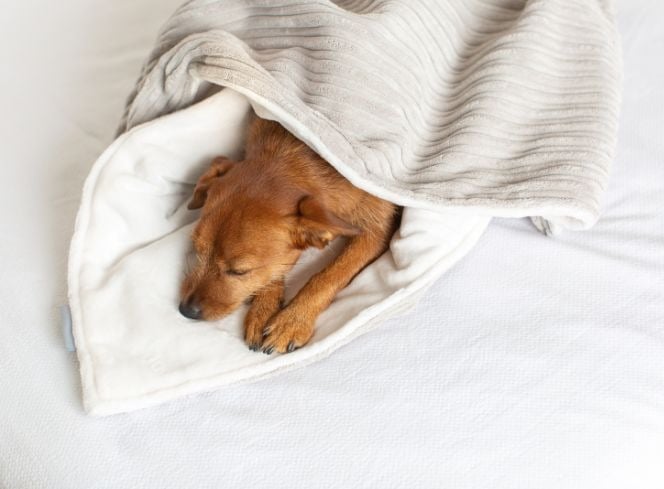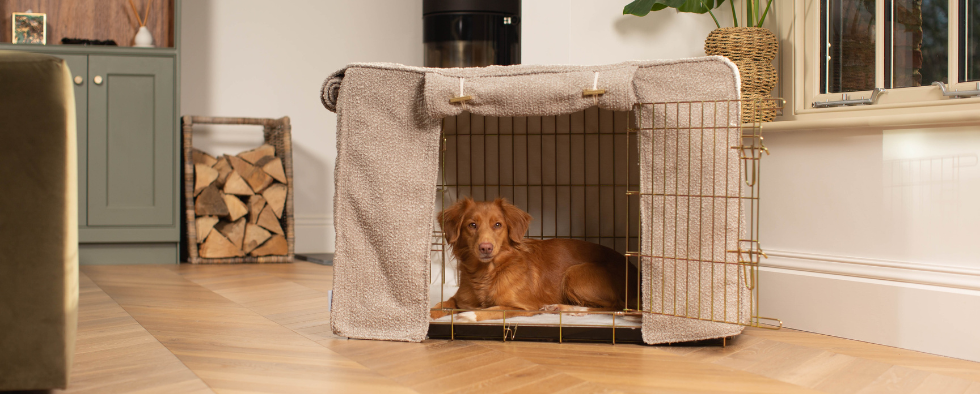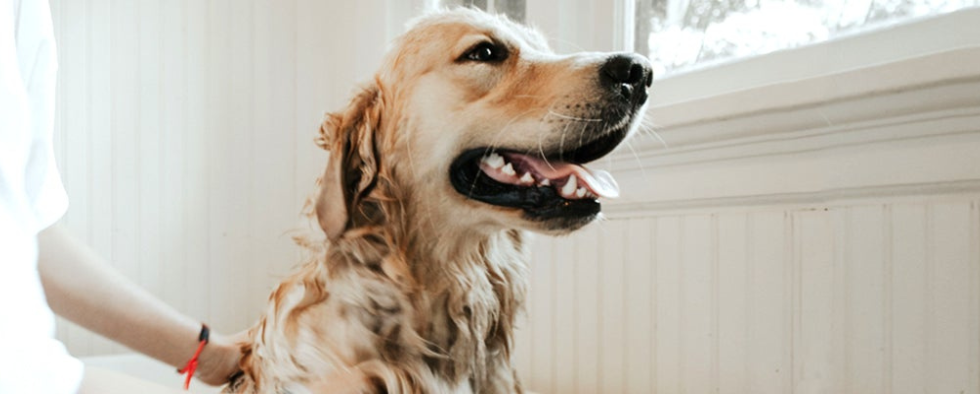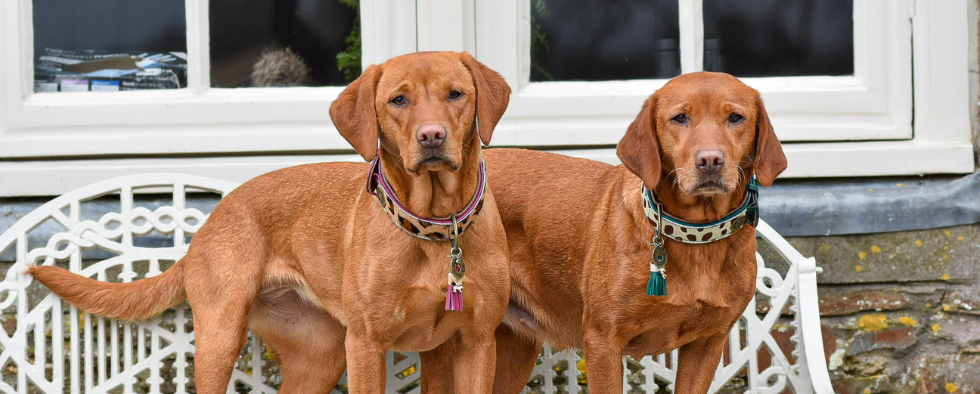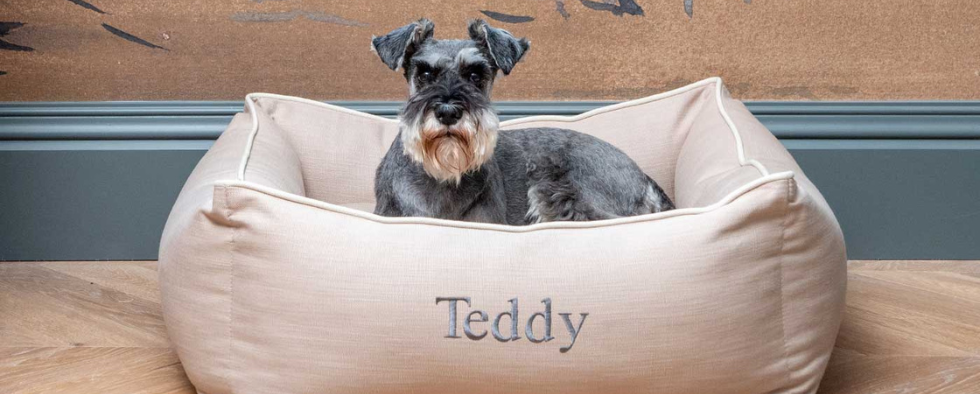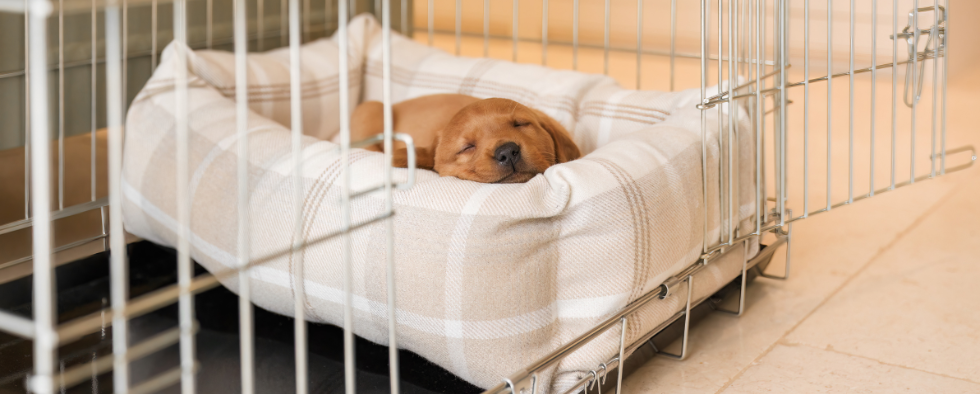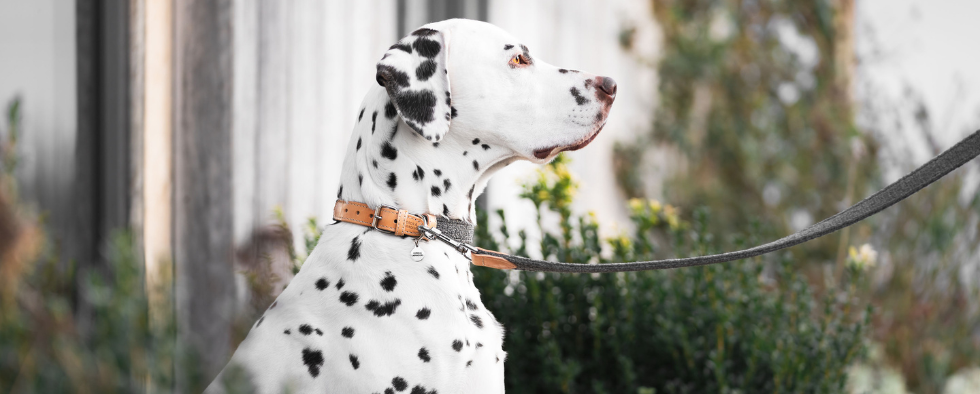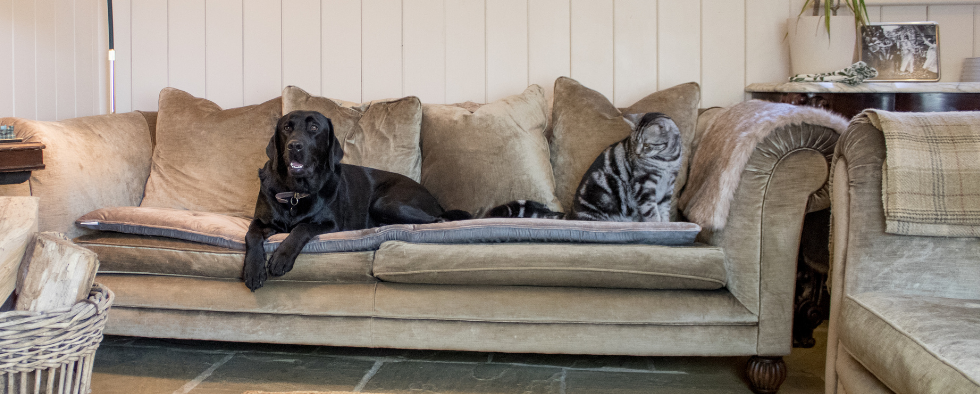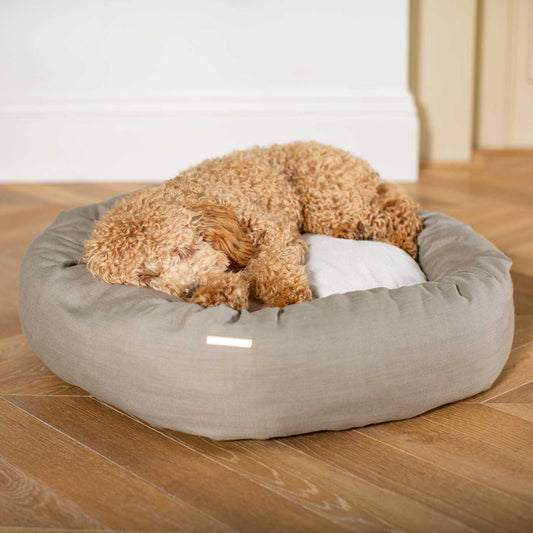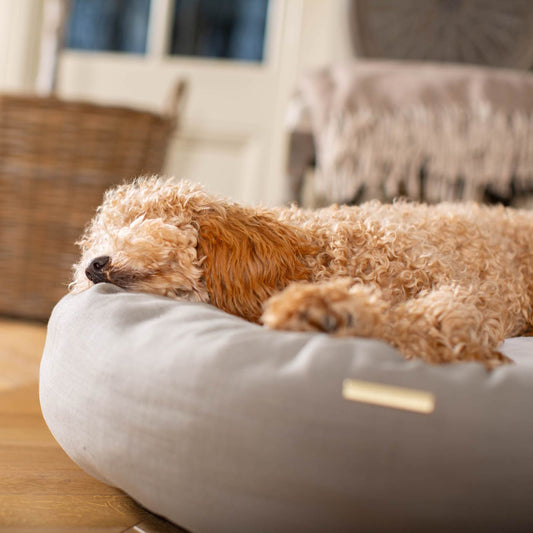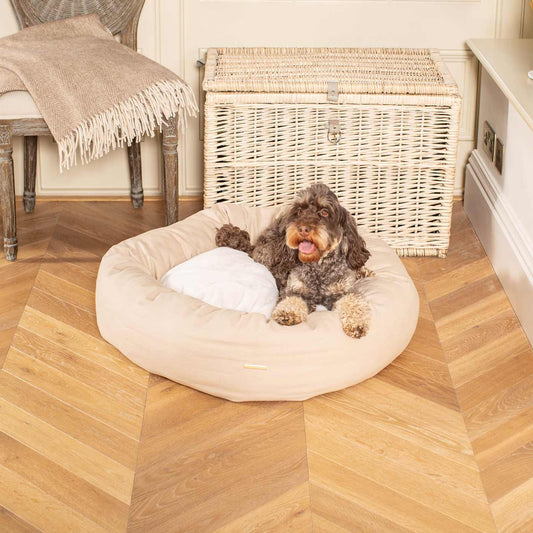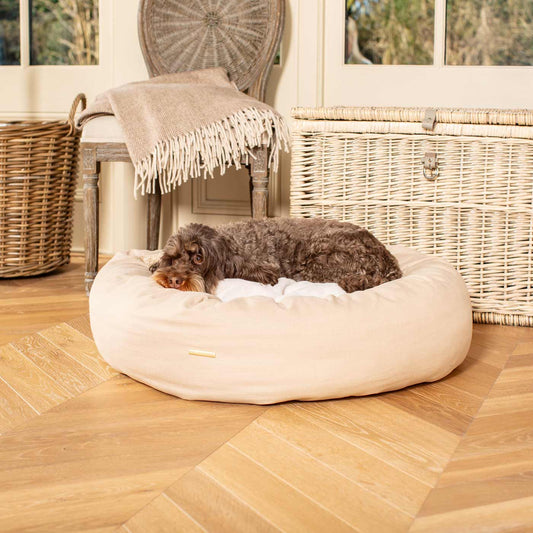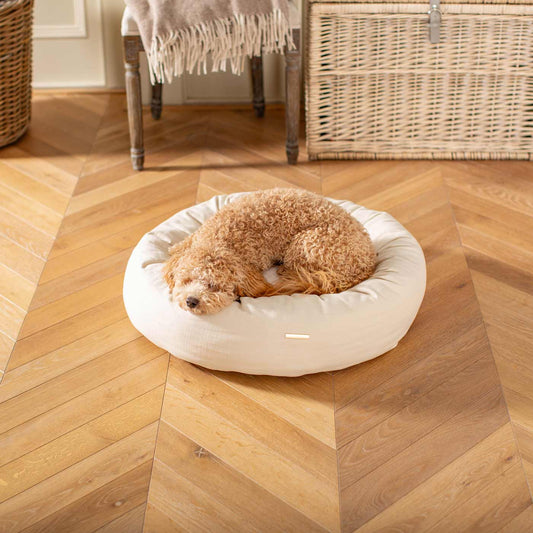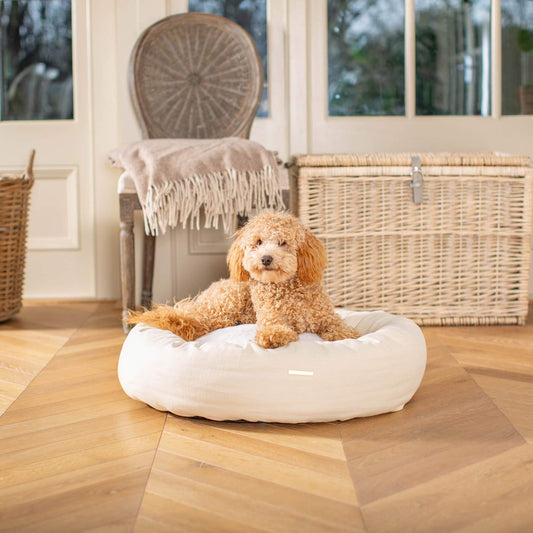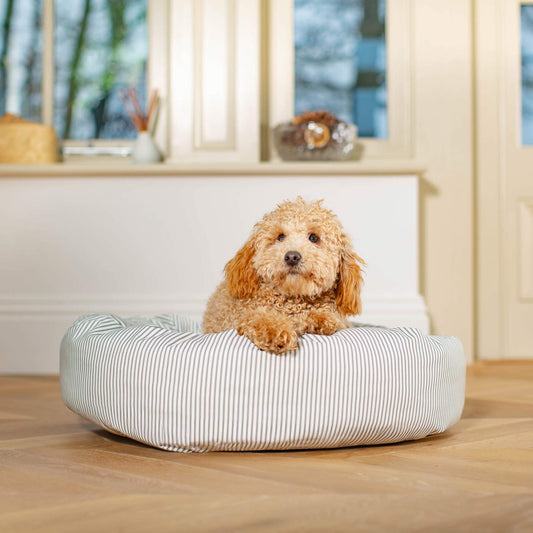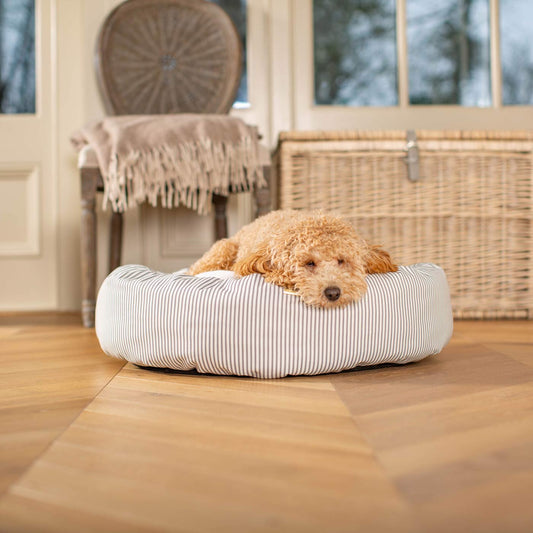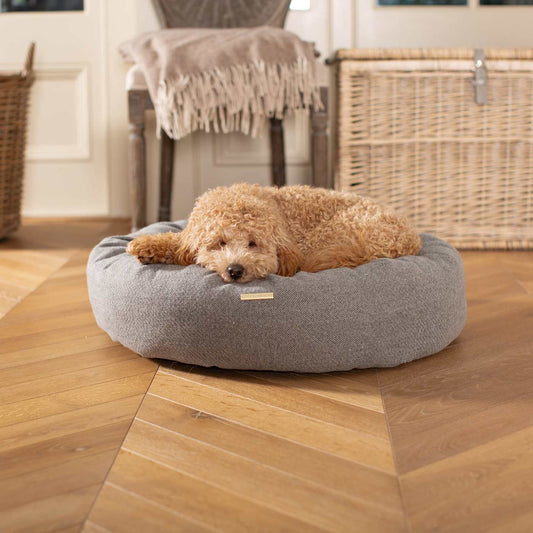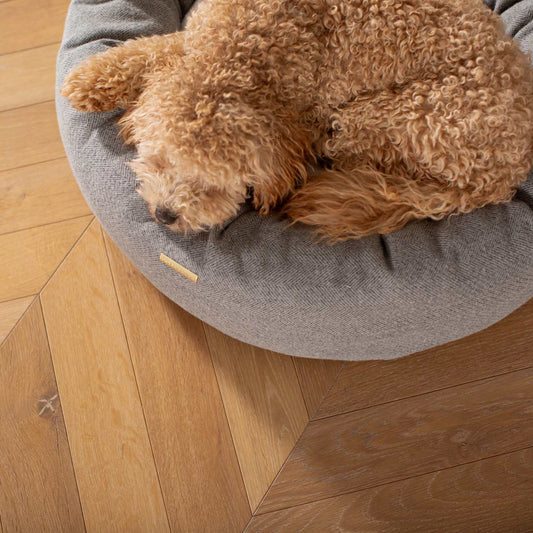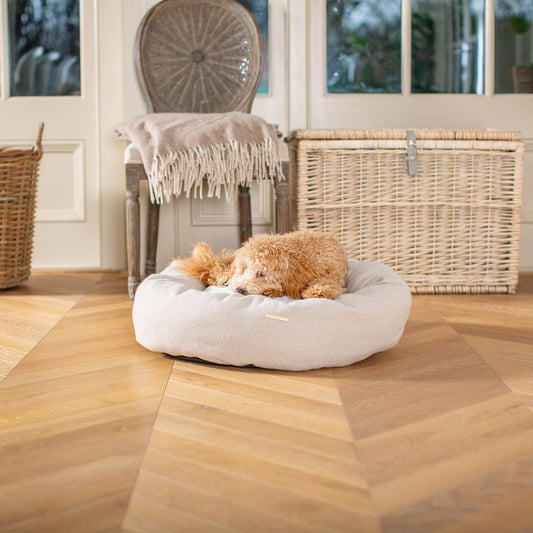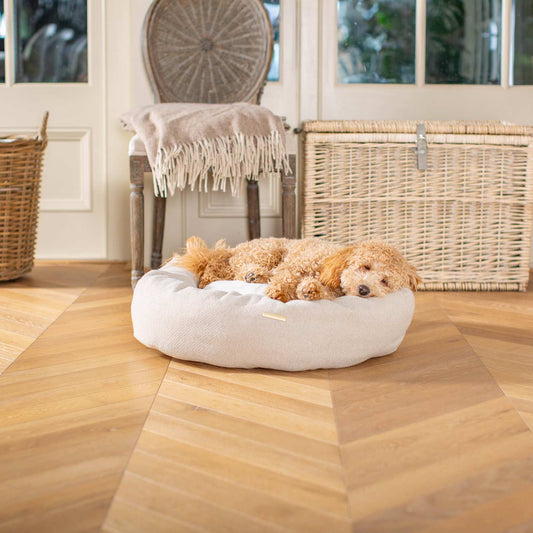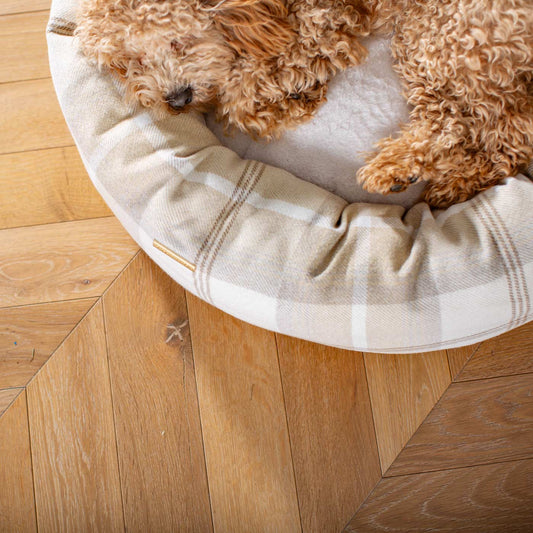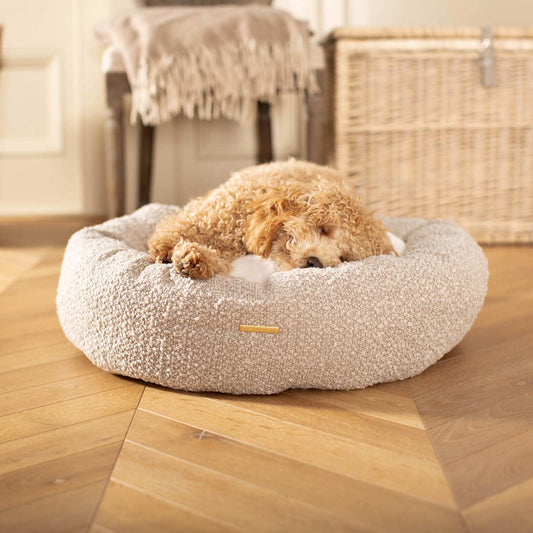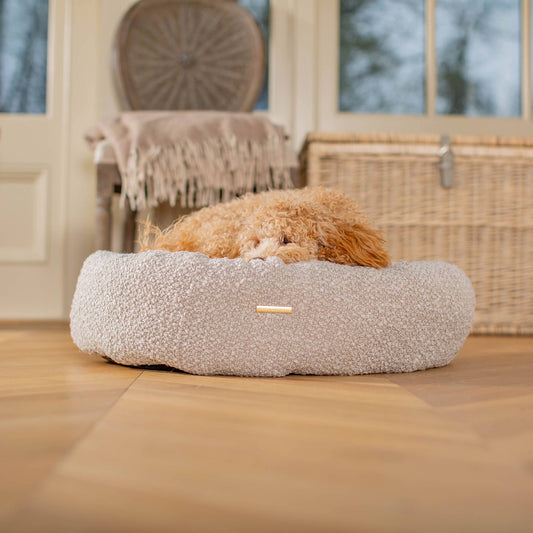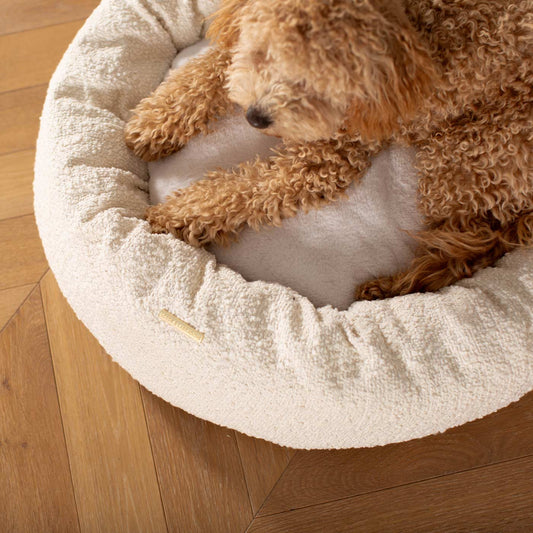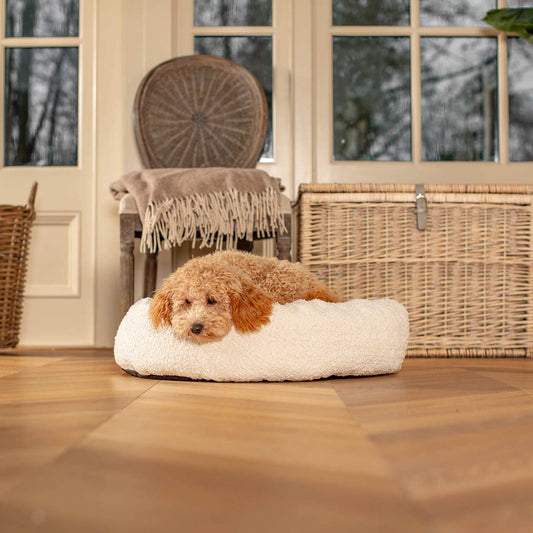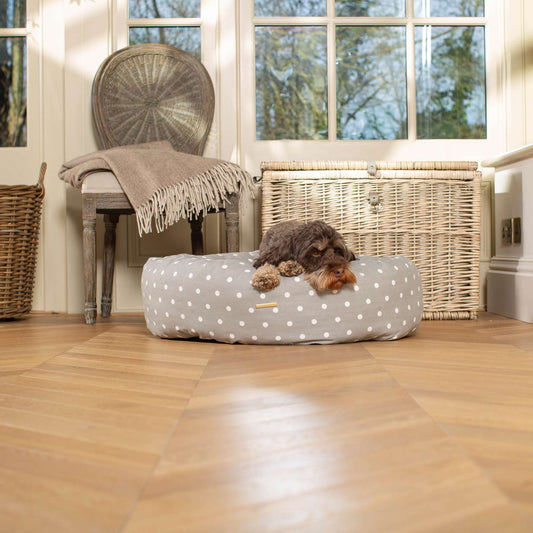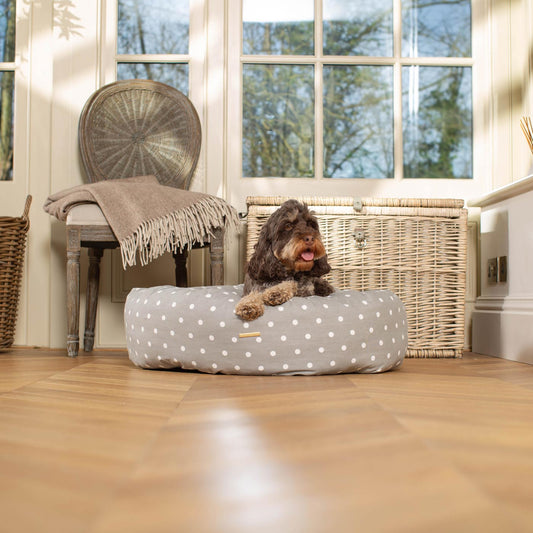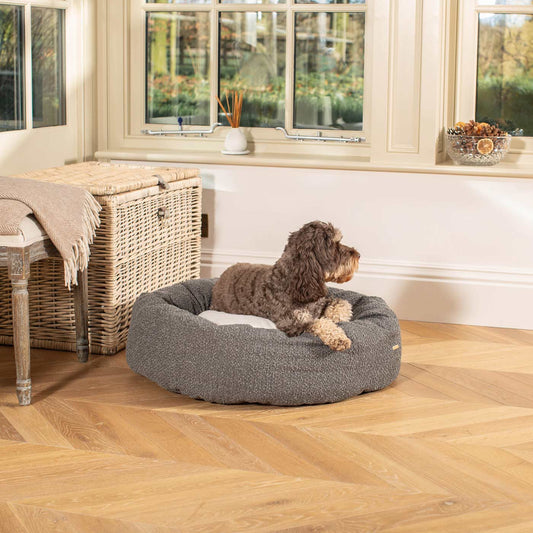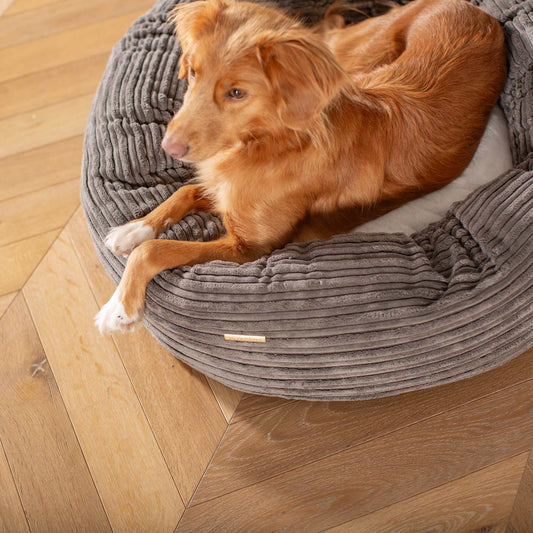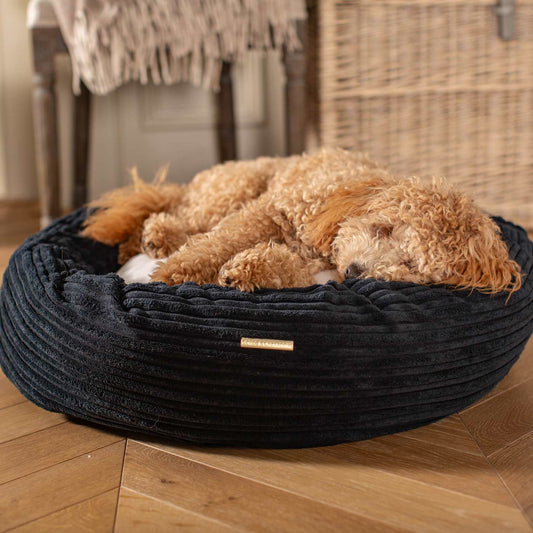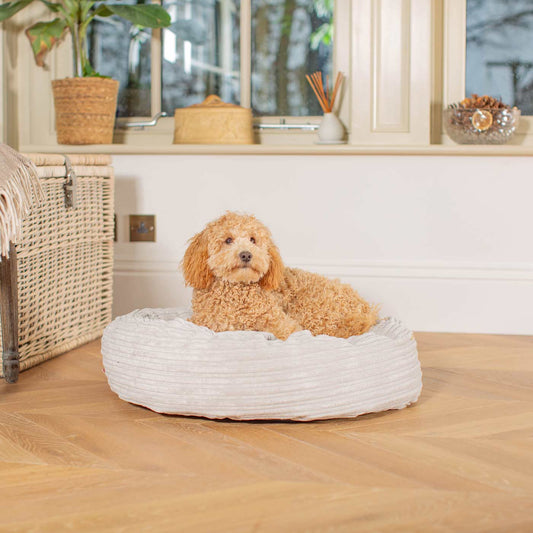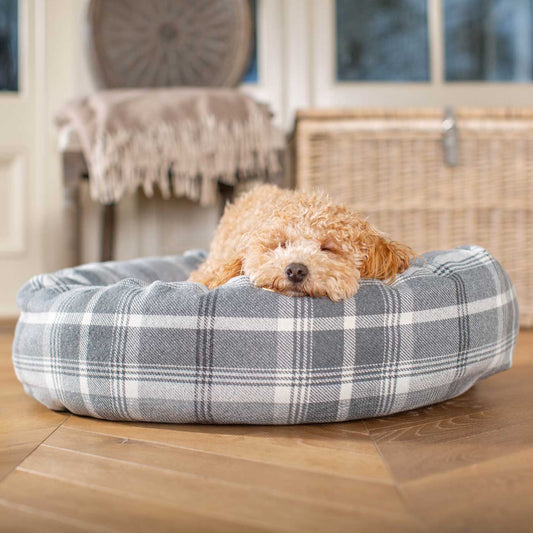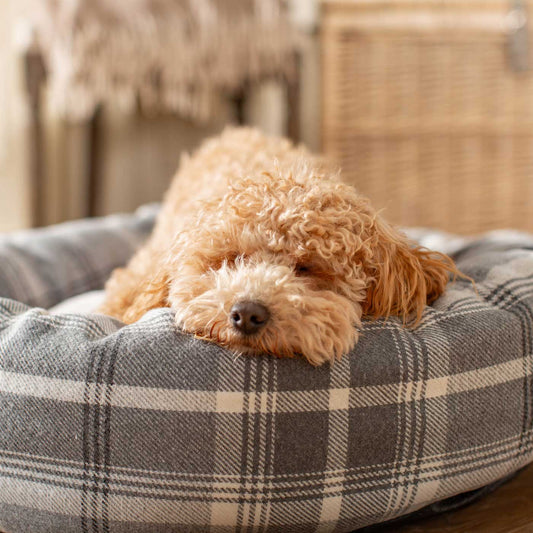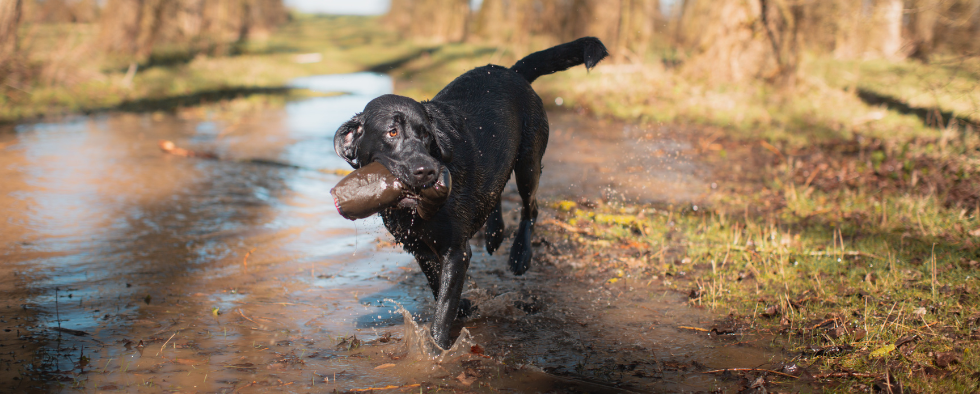
Can You Walk Your Dog In The Rain?
Walks are an essential part of dog ownership and are a good thing to do every day to keep your dog’s health in check and prevent them from becoming frustrated or upset. Unfortunately, the weather can be one of the dog owner’s greatest foes, and when torrential rain strikes, you may be left wondering whether it’s worth potentially falling out with your dog by refusing to take them for a walk if it means avoiding heavy showers. Continuing your usual routine is likely to benefit your dog if it means they’re having walks like they normally would. But before taking them out for a dog walk in the rain, you may want assurances that they won’t become ill or suffer in any way, shape or form by being exposed to the rain. Below, we explain why it’s perfectly safe to walk your dog in the rain, how you can do this and what you can do if your dog is frightened of walking in the rain. Do Dogs Like Rain? This varies massively from dog to dog, some adventurous pups love to play in the rain and jump in puddles, where as others would much prefer to be cuddled up inside in the warm and dry. Signs that your dog loves the rain include sitting at the door when it's raining waiting to go out, wagging their tail when they're in the rain and being their usual selves even when it's raining - this shows they have no fear or anxiety about the rain. Signs that your dog isn't a fan of the rain can include panting, hiding, shaking, whining or pacing round. A lot of dogs associate the rain with the uncomfortable sensation of being wet so begin to build up negative associations with it. When they're puppies it's a good to train them to enjoy being in the rain by encouraging them to play in the rain and go out in it and reward them for doing so. Can I Walk My Dog In The Rain? Depending on the breed, some dogs require a certain level of exercise. Daily walks are a way of fulfilling these requirements while keeping your dog emotionally, mentally and physically stimulated. However, if it’s raining, you may be concerned that taking your dog for a walk could have a negative impact on their health and wellbeing. And as the UK is prone to extended periods of rainfall, delaying your dog’s walking routine during an especially wet period could go on for any length of time. Although you may be concerned that your pooch will become unwell from being walked in the rain, it’s unlikely that a perfectly healthy dog will fall ill from being subjected to wet weather. A dog with a thicker coat is even less likely to be affected as it will take longer for the rain to make contact with their skin than that of a short-haired dog. Just as we'd put a coat on for a rainy walk, you can do the same with your dog and get them their very own rain jacket to help protect them. As long as you ensure that your dog is dried with a towel or drying coat and your home is warm once you return from your walk, it shouldn’t have any impact on your dog’s health. Should You Walk Your Dog Every Day Contrary to popular belief, dogs don't need walking every day. Walks are a great form of exercise for your dog and can be a valuable part of their routine but they don't need walking every single day. Some dogs thrive with fewer walks but more enrichment activities and exercise at home, this will massively depend on their breed and size. Missing a walk on a particularly rainy or hot day is okay, it's often better for your dog to stay home on these days. How To Walk Your Dog In The Rain If it’s spring, the temperature is at a comfortable 15 degrees and it’s only lightly drizzling outside, walking your dog shouldn’t be impacted too much - and your dog may not even see much difference. But if it’s winter or autumn, freezing cold and raining cats and dogs, taking extra measures to improve the experience of your furry friend for trips out is likely to be worthwhile consideration. Our Pet Expert's Tips For Walking Your Dog In The Rain: 1. Shorten the duration of the walk - Although it will depend on how bad the rain is, it could benefit your pooch to shorten the amount of time you’re out walking. If the rain is especially bad, your dog could be drenched from nose to tail in a matter of seconds, and if they have long fur, it could weigh them down and leave them uncomfortably coated in cold water. It can be difficult to work out how much you should cut down your walking time, but you should know what seems right to your dog, the breed and how it reacts to the rain. As a general rule of thumb, instead of taking your dog somewhere for a lengthy walk around a forest or village, take a more streamlined trip around your local area for ten minutes. 2. Stay away from puddles - During particularly rainy days, your dog is more likely to become wet, messy and mucky. However, if the rain doesn’t entirely drench them, a puddle might. You should always keep an eye on what your dog is getting up to on walks, but as muddy puddles can make your dog mucky and potentially carry bacteria that could cause harm to them if they use it as drinking water, it would be advisable to steer clear of them. 3. Dress them in a dog coat - You may think that a doggy coat is something you use to make your dog look extra snazzy and make a fashion statement to their furry pals, but they’re also important items of clothing for giving them protection against the cold and rain. Many dog coats attach around your dog’s back with velcro underneath to prevent them from slipping off, and they’re effective in keeping the rain off of their neck, back and legs. If you want extra protection for your dog, you could even dress them in little rain boots, but whether you’re able to do that is likely to be based on your dog’s willingness to comply. 4. Warm up your dog immediately after - As soon as you get back home from your walk, you should put your heating on, wrap a towel or drying coat around your dog and check that they’re warm and dry. This will be more important if your dog has taken badly to the rain, the rain was particularly severe or your dog has long fur that is entirely drenched, but it would be a suitable route to take for any dog, big or small. Don't forget their paws, make sure the fur in between the pads is completely dry as leaving this wet can lead to dermatitis for your dog. When you’re drying your dog, you could even put a heating pad underneath their dog bed so they’ve got added heat, or if they’re due a bath anyway, you could use this as an opportunity to give them a proper clean. 5. Stimulate them indoors - If the rain is too heavy or your dog doesn't fancy going out, we recommend planning in some at home enrichment activities to help wear your dogs brain out. There's lots of fun ways to stimulate them at home, we've listed our favourite in our 'things to do at home with your dog' blog Why Is My Dog Scared Of The Rain? While it’s one thing for you to decide to take your dog for a walk in the rain, it’s another if your dog is frightened of it. For one reason or another, some dogs are scared of the rain, and as a dog owner, it can be difficult to know how to get them to persevere through it during walks. Firstly, you should look to introduce your dog to rain from an early age so they’re aware of it and understand that sometimes it will be raining when they go outside. However, if your dog is past this stage in their life, you will need to go to extra lengths to get them used to the concept. To train a fully grown dog in being outside in the rain, you can start by getting them to experience the rain in your garden before venturing out on walks. If they’re still apprehensive about walks in the rain, coax them out using treats and toys, go for a short walk and then increase the length of time for each walk until they’re completely happy with them.



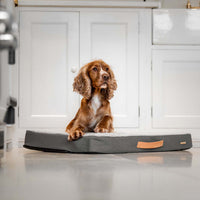

















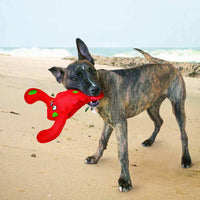
































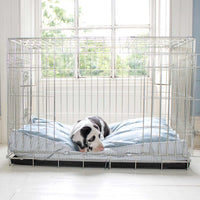
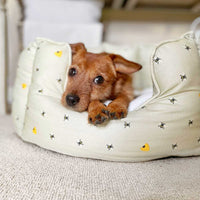
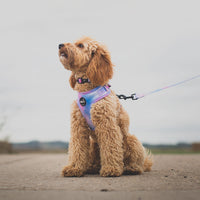
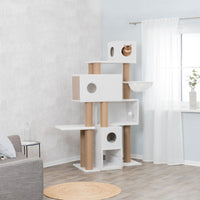
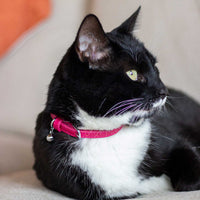
.jpg?v=1696856071880&options=)
